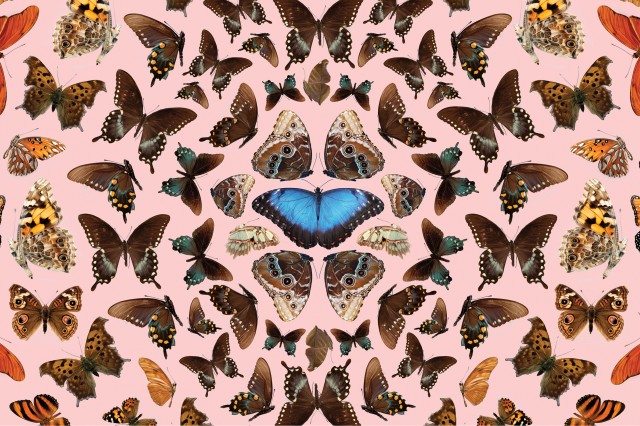The museum will be closed Thursday, December 25 for the Christmas holiday. We will reopen Friday, December 26.
The Beginnings of Butterflies
A sweeping new study by over 80 scientists including NHM researcher Vijay Barve identifies that butterflies originated in North or Central America 100 million years ago.
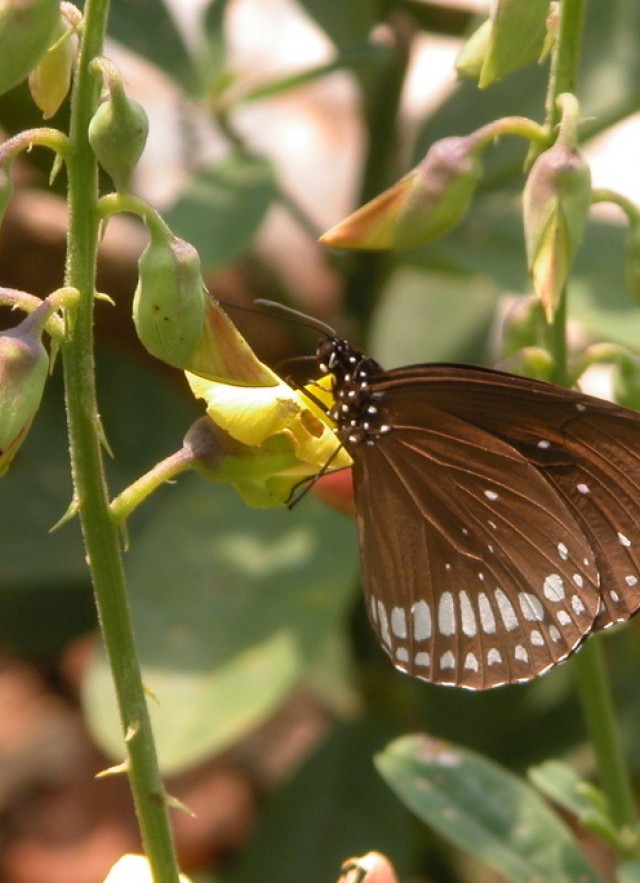
Published May 22, 2023
A globe-spanning study published in the journal Nature Ecology & Evolution tracked down the origins of butterflies, finding they got their start in North or Central America about 100 million years ago, splitting from moths after they started to feed on the nectar of the then-new species of flowering plants available during the day.
Listen to the NPR story here and learn more below.
The Mothra-sized study was a collaboration of around 88 researchers from 28 countries, including NHM’s Vijay Barve. Part of the NSF-funded Digin digitization project as the DigIn Digitization Project Manager, Barve leveraged his expertise in biodiversity informatics to assemble geographical distribution data for the over 19,000 butterfly species studied and make sure all the datasets of taxonomic names and host plants were accurate. “This research has been in the works since 2015 when we started working on the NSF-supported ButterflyNet project.”
“We sequenced 391 genes from nearly 2,250 butterfly species to reconstruct a new phylogenomic tree of butterflies representing 92% of all genera of butterflies,” says Barve. “This data was combined with geographical distributions and host plant preferences of all the species.”
This new tree of butterfly life and their preferred host plants—think milkweeds and monarchs—will help provide a framework to protect butterflies along with the plants and habitats they rely on. The study’s findings make it clear how important it is to conserve their host plants if we want to safeguard butterflies.
“We found that the first butterflies were feeding on legumes as host plants,” says Barve. “And that most modern butterflies prefer to use only one or two host plants,” says Barve. “Even butterfly species that consume two or more plants still prefer closely related families.”
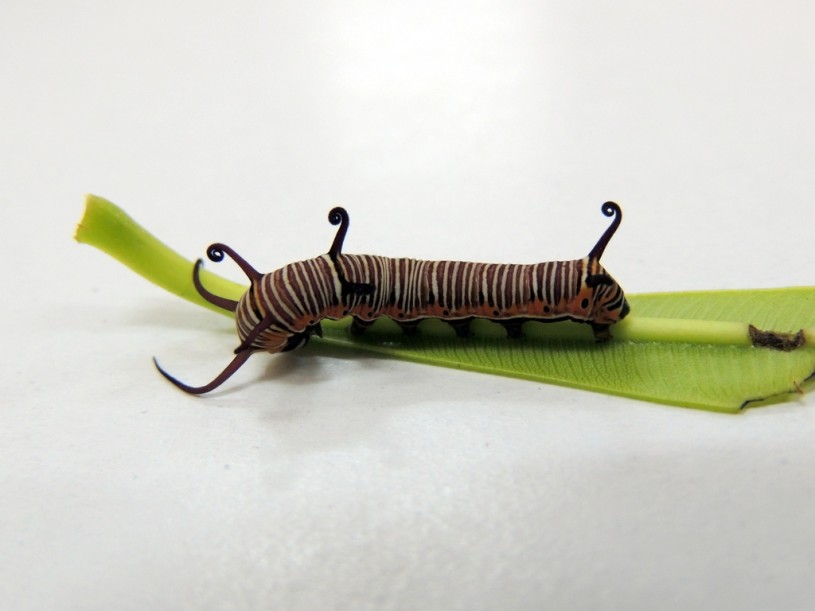
Barve’s love of butterflies dates back to his childhood. “When I was about seven years old, I observed a common crow butterfly (Euploea core) laying eggs on the Oleander plant,” Barve recounts. “I was so excited to see that happen right in front of my eyes. I kept a close watch on the plant and observed the caterpillar grow over three weeks.”
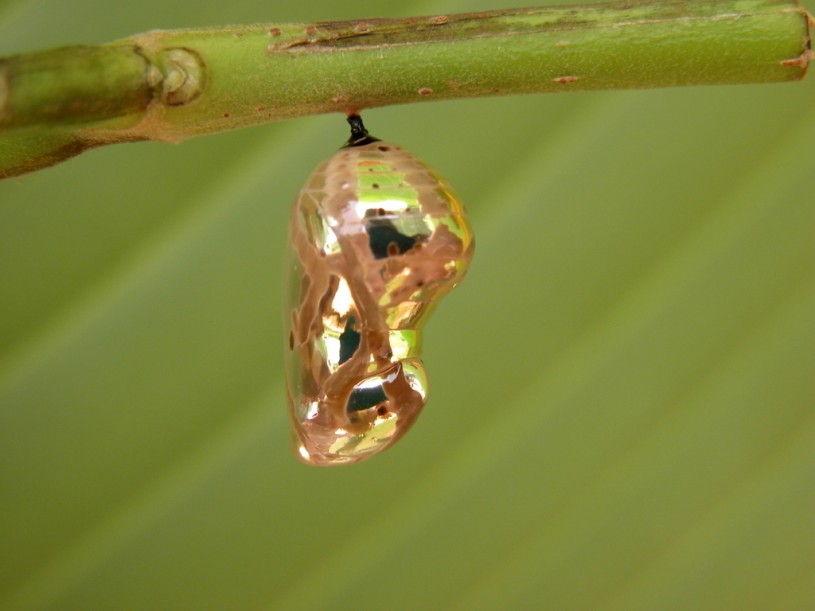
iNaturalist observation by Vijay Barve
“When it transformed into a pupa (pictured above), I was astounded by the sight. It was like a pure gold pendant. From that time, I have been following butterflies wherever I go.”
Barve has kept up his butterfly watching (along with other wildlife) since arriving at NHM where he’s become the top observer for the Nature Gardens Survey project. He also recently connected 20 cities in India to this year’s City Nature Challenge, to help make it the most successful outing yet. He’s also been a national coordinator for India’s National Moth Week for several years along with Big Butterfly Month. You can catch him in our Nature Gardens most days, snapping pictures for iNaturalist.
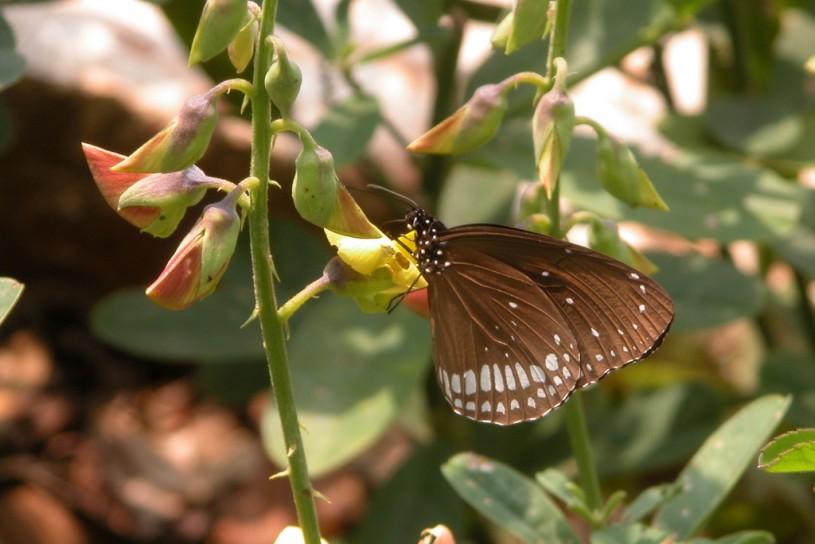
iNaturalist observation by Vijay Barve
